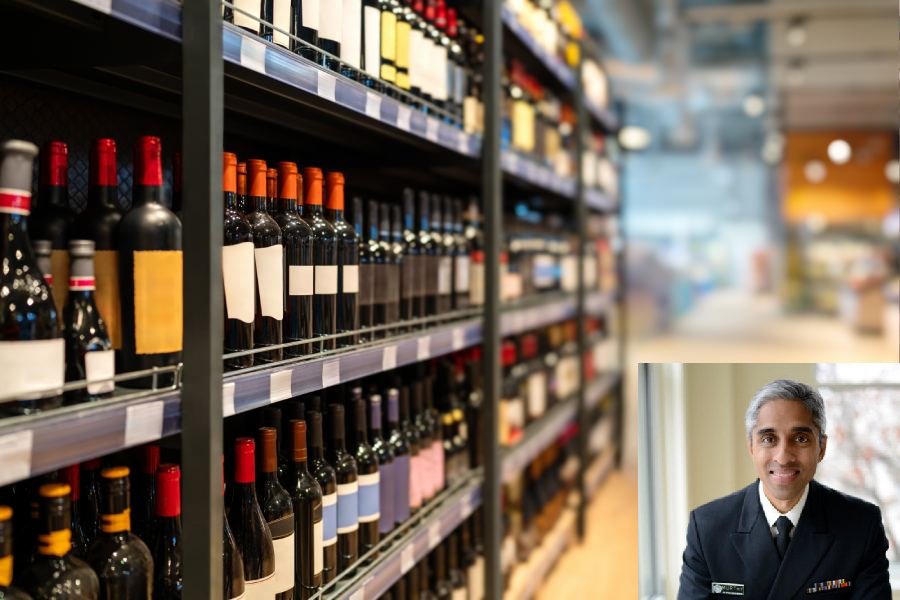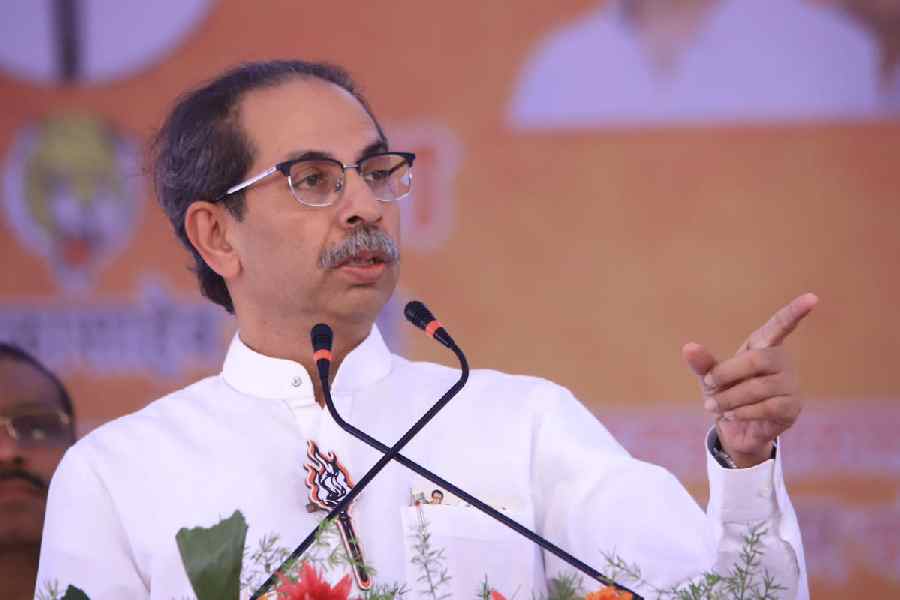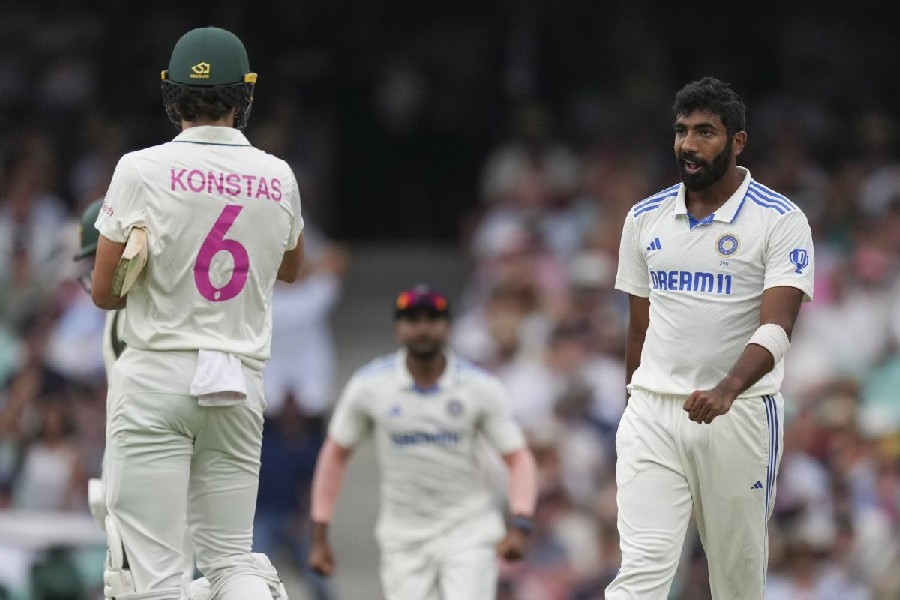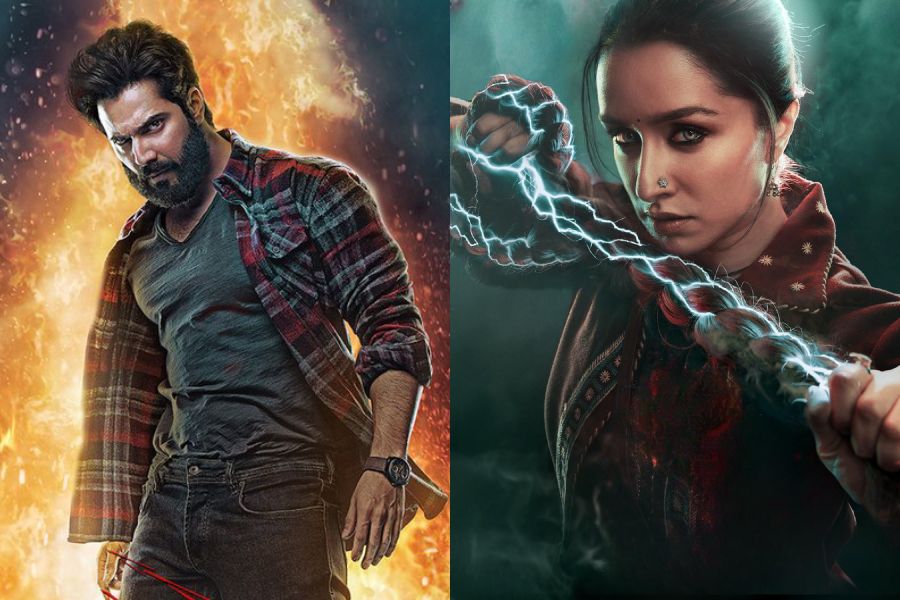The result of the recent Haryana assembly election has been thoroughly examined by political observers in the last few days. There is a broad consensus that the Bharatiya Janata Party’s professional attitude has helped it secure a comfortable victory. This explanation is supported by a clear and unambiguous sociological argument that the BJP’s success is an outcome of a carefully-nurtured caste configuration in the state. The performance of the Congress, however, cannot be underestimated. Its vote share is impressive and it has emerged as a powerful and formidable Opposition in Haryana. That is why the election results may also be described as what Ashutosh Varshney calls a “qualified victory” of the BJP.
Haryana, we must remember, has witnessed two very powerful and politically-charged events in recent years: the farmers’ protest against the three farm laws passed by the Narendra Modi regime and the protest led by a few internationally-known wrestlers against the alleged sexual harassment of young female wrestlers by the former BJP MP, Brij Bhushan Sharan Singh, during his tenure as the president of the Wrestling Federation of India. The Congress tried its best to capitalise on these two agitations. It strongly asserted that the party was going to protect kisans, pahalwans, and the samvidhan. The party was also hopeful that its 2024 Lok Sabha performance in the state would sustain this narrative. The outcome of the election, however, was very different. This poses a much deeper question: do popular protests play any role in electoral politics?
We must cite a basic difference between a protest (or, for that matter, a campaign) and a movement in the contemporary Indian context. A protest may be defined as a form of social action by a specific set of people, group/community having a common interest to achieve an immediate objective associated with a particular issue/concern. A movement, however, is a much broader term. It is also a form of socio-political action led by a set of people to realise a relatively long-term goal. Many postcolonial social movements, in fact, commit themselves to comprehensive social transformation. A movement, in this sense, may recognise a protest simply as a technique. At the same time, there is a possibility that a protest might turn into an all-inclusive movement. Political-intellectual leaders play a very important role in such transformational processes.
The scope of the recent protests, especially in the context of Haryana, remains limited. The three farm laws and the contentious issue of minimum support price were the key factors that forced the farmers of Punjab, Haryana and western Uttar Pradesh to organise themselves as a collectivity. They came together to resolve these specific issues. Despite the hostile attitude of the government, this protest was successful in achieving its immediate objectives. However, the plight of the farmers could not become a nationwide public concern. The wrestlers’ protest had a very similar trajectory. It was led by celebrated sportspersons, including the Olympic medallists, Vinesh Phogat and Bajrang Punia. The protesters raised the issue of sexual harassment and demanded that action must be taken against Brij Bhushan Sharan Singh. The government almost ignored these demands and did not take swift action. This ambivalent attitude was counterproductive as the protest intensified. Despite various ups and downs, the wrestlers’ agitation could not fully achieve its basic objectives. Like the farmers’ protest, this struggle also could not sensitise public opinion in a significant way. It is important to note here that the farmers' outfit, the Samyukt Kisan Morcha, strongly supported the wrestlers’ agitation. In fact, the SKM called for a nationwide demonstration in support of the wrestlers. Despite this close and proximate relationship, these two very powerful socio-political agitations could not become a collective force or a mass movement of some kind. In this context, it was natural for the individual leaders associated with these protests to move towards the Opposition parties, especially the Congress.
The two Bharat Jodo Yatras of Rahul Gandhi that were supported by people’s movements and civil society organisations were a very important political event in this regard. They played a crucial role in sensitising public opinion at the grassroots level. The centrality of the Constitution was one of the key features of these yatras, which was invoked as a living document to provide a political platform for all forms of dissent. The Congress manifesto of 2024 was the logical outcome of this initiative. It tried to offer a new narrative of social and economic justice. This new imagination of politics was attractive to the voters. That helped the Congress emerge as a strong force in the Lok Sabha.
There were two crucial issues which the Congress leadership virtually ignored after the 2024 general election. First, the party did not reinvent the narrative of social justice in the post-election scenario. The categories of kisan, pehalwan and the samvidhan were introduced to make the slogan attractive. The party failed to evolve convincing arguments, which can establish a logical correlation between protesting groups (in this case, farmers and wrestlers) and the other segments of voters. Second, the Congress did not initiate any serious structural-organisational reform. This led to a strange imbalance between the progressive narrative of social justice and the deteriorating organisational framework of the party at the state level.
The CSDS-Lokniti survey on the Haryana assembly poll is very relevant in this regard. The Congress emerged as the preferred choice for the farmers of the state. The party received 44% of the farmers’ vote, especially in the rural areas. However, it could not get sufficient urban votes to become the dominant party in the state. There are two other crucial findings that make this picture a bit more complicated. A majority of voters (56%) supported the idea that a caste census should be conducted in the state. This popular endorsement for the caste survey in Haryana seems to confirm the point that the benefit of reservation should reach the most neglected social groups in the state. This is exactly what Rahul Gandhi had highlighted during the election campaign. However, when the voters of Haryana were asked to mention the most significant issue for voting in the election, only 5% of respondents identified the farmers’ protest as an electoral concern. It simply means that the voters could not envisage any correlation between caste census and farmers’ issues. In other words, the narrative of justice and equality remained highly fragmented.
The Congress’s performance in Haryana underlines the fact that the relationship between a popular protest and electoral outcomes is not straightforward. Popular protests do not have the capacity to become a movement and the political class does not have the courage to imagine a political world outside the realm of electoral competition.
Hilal Ahmed is Associate Professor, CSDS, New Delhi











